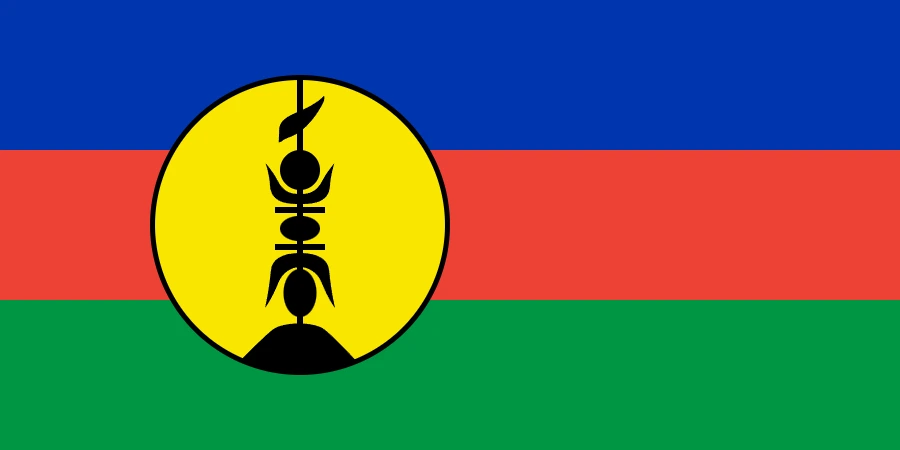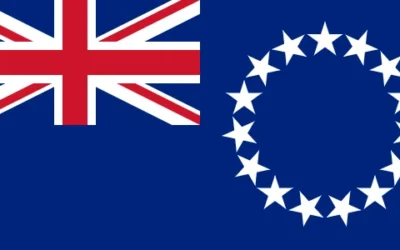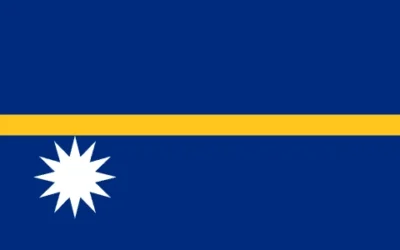New Caledonia Travel Guide
Discover Why You Should Visit New Caledonia
Why Visit New Caledonia?
New Caledonia blends French sophistication with the natural beauty of the South Pacific. Known for its UNESCO-listed lagoon, diverse ecosystems, and rich Kanak culture, it’s a top destination for beach lovers, divers, and those seeking cultural immersion.
Ideal for: Couples, divers, food lovers, and culture seekers.
Must-Know Facts
Capital/Major City: Nouméa
Language(s): French (official), Kanak languages
Currency: CFP Franc (XPF)
Best Time to Visit: May to October (dry season)
Fun Fact: New Caledonia’s lagoon is one of the largest and most beautiful in the world, and it’s a UNESCO World Heritage site
Top Things to Do
Snorkel or dive in the world’s largest enclosed lagoon
Visit the Tjibaou Cultural Centre to learn about Kanak heritage
Take a day trip to Amedee Island and climb its iconic lighthouse
Explore Blue River Provincial Park for hiking and endemic wildlife
Wander through Nouméa’s French-style markets and cafés
Local Culture & Lifestyle
New Caledonia’s culture is a unique blend of Indigenous Kanak traditions and French colonial influence. The daily lifestyle is laid-back yet elegant, with a strong emphasis on community, nature, and culinary enjoyment.
Food & Drink Highlights
Street Food: Baguettes with charcuterie, local pastries, dumplings
Restaurants: Bougna (traditional Melanesian dish), venison, French cuisine
Drinks: French wines, kava, tropical fruit juices
Desserts: Vanilla custards, coconut cakes, French pastries
Main Dish & Culinary Symbols
Signature Dish: Bougna — a traditional Kanak dish of root vegetables, coconut milk, and meat or seafood wrapped in banana leaves and slow-cooked underground
Common Ingredients: Coconut, yam, taro, fish, venison, French herbs
Culinary Culture: Culinary experiences reflect both island and French gastronomic traditions
Symbols & Icons of the Area
Natural Icons: Coral reefs, islets, lagoon, rainforest
Cultural Icons: Carved totems, tribal houses, conch shells, French colonial buildings
Hidden Gems & Off-the-Beaten-Path
Isle of Pines — famous for its stunning beaches and turquoise waters
Hienghène — known for its limestone cliffs and cultural richness
Lifou and Maré — Loyalty Islands with local homestays and unspoiled nature
Great South — wilderness parks and red earth landscapes near Yaté
Shopping & Souvenirs
What to Buy: Kanak carvings, mother-of-pearl jewelry, French cosmetics, vanilla beans
Where to Shop: Nouméa markets, local craft shops, French-style boutiques
Getting Around
Public Transport: Buses in Nouméa
Car Rentals: Best for exploring the mainland
Ferries: Available to Loyalty Islands and Isle of Pines
Flights: Domestic flights for inter-island travel
Travel Tips
Brush up on basic French phrases for easier communication
Respect Kanak customs when visiting tribal areas
Tipping is not customary, but appreciated for excellent service
Make advance bookings for inter-island transport
Where to Stay
Budget: Hostels and simple pensions
Mid-range: Boutique hotels and resorts in Nouméa
Luxury: Island resorts and lagoon-front villas
Unique: Tribal guesthouses in the Loyalty Islands
Sample 4-Day Itinerary
Day 1: Arrive in Nouméa, explore the city and enjoy a sunset dinner
Day 2: Day trip to Amedee Island for snorkeling and lighthouse visit
Day 3: Fly to Isle of Pines, relax on Kuto Beach and explore natural pools
Day 4: Return to Nouméa, visit the Tjibaou Cultural Centre and local markets






0 Comments